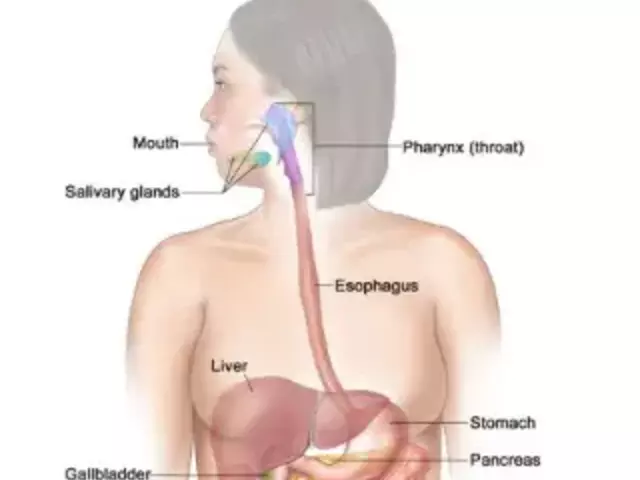Seizure Symptoms: How to Spot Them and What to Do
Some seizures are dramatic, but many are subtle—and knowing the signs can change outcomes fast. Seizure symptoms range from a brief blank stare to full-body convulsions. If you can recognize them, you can keep someone safe and get help sooner.
Common signs to watch for
Seizures fall into two broad groups: focal (start in one part of the brain) and generalized (involve both sides). Focal seizures can cause twitching in one arm, changes in taste or smell, sudden fear, or confusion. Generalized seizures may cause stiffening, rhythmic jerking, loss of consciousness, or staring spells. An aura is a simple focal seizure some people feel first—odd taste, a rising sensation in the stomach, or a strange smell. Not every twitch or faint spell is a seizure, so context matters.
Timing is important. Most seizures last seconds to a couple of minutes. A seizure that keeps going longer than five minutes is dangerous and needs emergency care. Also take note of how quickly someone recovers; prolonged confusion, repeated seizures, or difficulty breathing are red flags.
What to do during and after a seizure
Stay calm and time the episode. Protect the person from injury by moving sharp objects away and cushioning their head. Roll them onto their side if you can, to keep the airway clear. Never put anything in their mouth or try to force the jaw open. If breathing stops or the seizure lasts more than five minutes, call emergency services immediately.
After a seizure, the person may be sleepy, confused, or embarrassed. Offer a quiet place to rest and reassure them. Note the seizure’s length, what body parts moved, whether they lost consciousness, and any triggers you noticed. This information is gold for a doctor or emergency team.
Keep track of patterns. Use a seizure diary or app to log dates, duration, possible triggers like missed meds, lack of sleep, alcohol, or fever, and warning signs. Wear a medical ID if seizures are recurrent so responders know what they’re dealing with. Driving rules vary, so check local regulations before getting back behind the wheel.
If someone has their first seizure, seek urgent medical evaluation—first-time seizures need testing to find the cause. For known epilepsy, contact the treating doctor if seizures change in frequency, intensity, or type, or if side effects from medications appear. Flexible treatments like lamotrigine are covered in our related posts if you want to learn more about medicines and safety.
To reduce risk, prioritize regular sleep, take prescribed meds at the same time, avoid binge drinking, and manage stress. Talk to your doctor about medication interactions, blood tests, and rescue plans if clusters happen. If seizures are uncontrolled despite meds, ask about specialist referral or options like VNS or surgery.
Knowing seizure symptoms and how to respond keeps people safer and cuts fear. Recognize the signs, time the event, protect the person, and get medical help when needed. That practical approach often makes the biggest difference.




